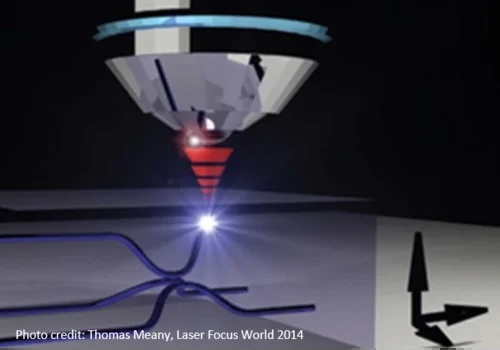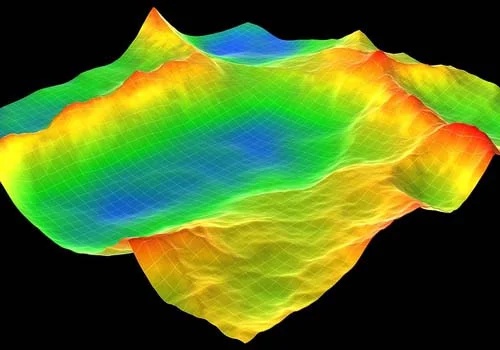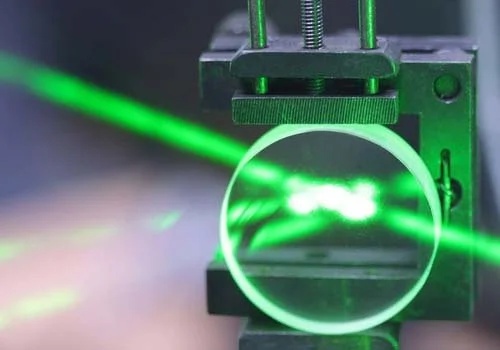Phasics
- Wavefront, MTF and QPI measurement solutions
- Products
- Applications
- Markets
- Company
- Contact us
Material science is a vast and expanding research area. Phasics' expertise in wavefront sensing and quantitative phase imaging benefits scientists and engineers in various material-related applications. A few examples are illustrated below: waveguides and fiber Bragg grating (FBG) metrology for optimization of integrated photonics, GRIN and metalenses development for AR/VR, surface and transmitted wavefront measurements during laser induced damage threshold (LIDT) tests on optical coatings, in situ surface qualification in harsh environments...

Based on its quantitative phase imaging technique, Phasics offers high-level instruments for measurement and mapping of changes of refractive index in transparent materials, in particular for samples such as optical waveguides and fiber Bragg gratings (FBG) manufactured by femtosecond laser writing.

Fast-growing research and development on metamaterials, metaoptics, and metasurfaces are revolutionizing the definition of compact optics. Thanks to the SID4-HR wavefront sensor and SID4-sC8 quantitative phase camera, Phasics is opening new ways to qualify the optical function and structure of metalenses.

GRIN lenses are produced by a gradient of the refractive index created in the optical material. Using the Phasics unique SID4 wavefront sensor and a simple optical test setup, it is possible to measure the change of index of refraction in GRIN lenses and calculate their optical function.

The Phasics SID4 HR and SID4 sC8 wavefront sensors can easily be integrated to perform surface measurements on reflective samples. Phasics' wavefront sensors are as compact as a scientific camera, not sensitive to vibration and can detect nanometric wavefront changes. This makes them the perfect solution for integration in difficult production environments.

For laser induced damage threshold (LIDT) researchs, the Phasics SID4 wavefront sensors are employed to study the optical coating behavior during high-power or ultrafast laser irradiation. The surface topology measurements and transmitted wavefront error (TWE) can be performed in situ on the LIDT setup or offline with the SID4 coupled to any optical microscope.
